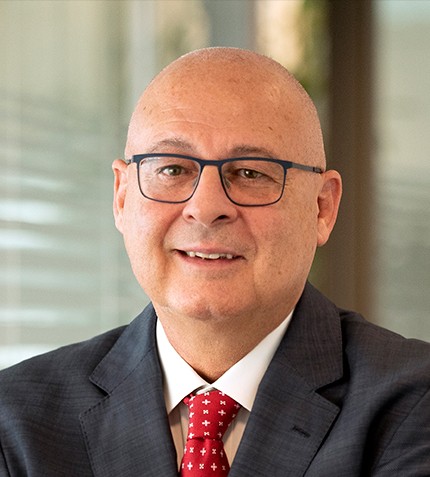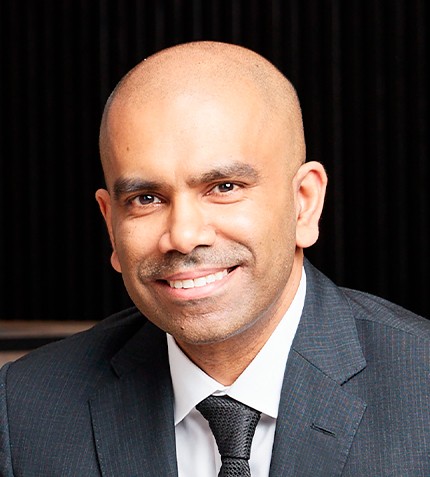
"We have the ambition of becoming the first global port that reconciles economy, people and climate."
Matheus Dolecki
REPRESENTATIVE - LATIN AMERICA, PORT OF ANTWERP-BRUGES
After the merger between the Ports of Antwerp and Zeebrugge, what scale is the Port of Antwerp-Bruges?
The merger will immediately make us the largest export port of Europe with 147 million t/y, but most important than that, is the fact the merger will allow us to have an even stronger position in the international logistics chain and to take a leading role in the energy and digital transition. We have the ambition of becoming the first global port that reconciles economy, people and climate.
Today, the unified port provides no fewer than 74,000 direct and 90,000 indirect jobs and with an added value of nearly €21 billion or 4.5% of Belgian GDP, is by far the largest economic engine of the country. Port of Antwerp-Bruges will also be the largest throughput port for vehicles, the largest integrated chemical cluster and one of the leading container ports in Europe. In total we handle 289 million t/y. We will capitalize on the strengths of both port locations, focusing on containers, breakbulk, RoRo traffic and chemicals.
Can you provide details of the alliances made between Port of Antwerp-Bruges and Latin American ports, such as the partnership signed with Porto do Açu in Brazil?
Considering Brazil is the biggest economy in Latin America, our subsidiary Port of Antwerp-Bruges International (PoABI) holds a strategic partnership together with Prumo Logística at the Port of Açu. PoABI is not only a shareholder but also supports actively Açu in its development by sharing its expertise and global network.
Can you give examples of the type of investments being made into infrastructure at the Port?
In order to face the new market demands and ensure the long-term sustainable growth of the port and to pave the way to a greener future, the Port of Antwerp-Bruges has an ambitious investment plan of close to 4 billion euros for the next two decades. The major projects are:
- The Extra Container Capacity Antwerp (ECA), which will not only provide the construction of a new tidal dock, but also develop and optimize land within the existing port area. The ECA project ensures that Port of Antwerp-Bruges will have an extra container capacity of 7.2 million TEU at its disposal by 2030.
- The New Lock Zeebrugge, which will provide a second nautical access to the inner port. It is also foreseen the construction of a new road which will improve mobility in and around central Zeebrugge.
- And the adaptation of the port infrastructure to deal with the new green and renewable energy sources, enabling the port to become an energy hub in the future.
What is the Port’s participation in the Hydrogen Import Coalition and how does this involve Latin America?
It is a cooperation agreement signed by us and different industrial players such as Deme, Engie, Exmar, Fluxys and WaterstofNet. It’s an on-going joint study that aims to map the financial, technical and regulatory aspects of the entire hydrogen import and transport chain from countries with abundant wind and sun, which is the case of Chile and Brazil for example, to Belgium, a country without such sufficient natural resources to generate renewable electricity to produce green hydrogen. Last year, at COP26 in Glasgow, we signed a Memorandum of Understanding with the Chilean Ministry of Energy. The aim is also to collaborate on the important strategic issue of setting up a corridor between both countries to ship green hydrogen or derivatives, produced in Chile and received at Port of Antwerp-Bruges for further distribution in Europe.
How does the Port of Antwerp-Bruges intend to strengthen ties with the Latam region in the years ahead?
By enhancing the trade relationship with the main countries in Latin America and with Brazil in particular, and via its subsidiaries, PoABI and APEC, the Port of Antwerp-Bruges will continue to deliver consultancy services in Port Development, Port Management an even potentially Port Investment, and training services to port professionals and companies in the region.










